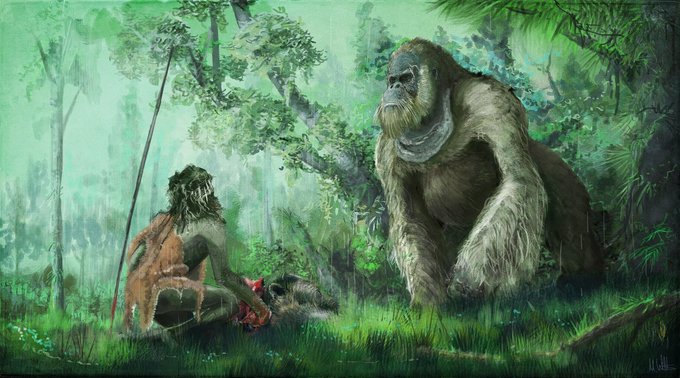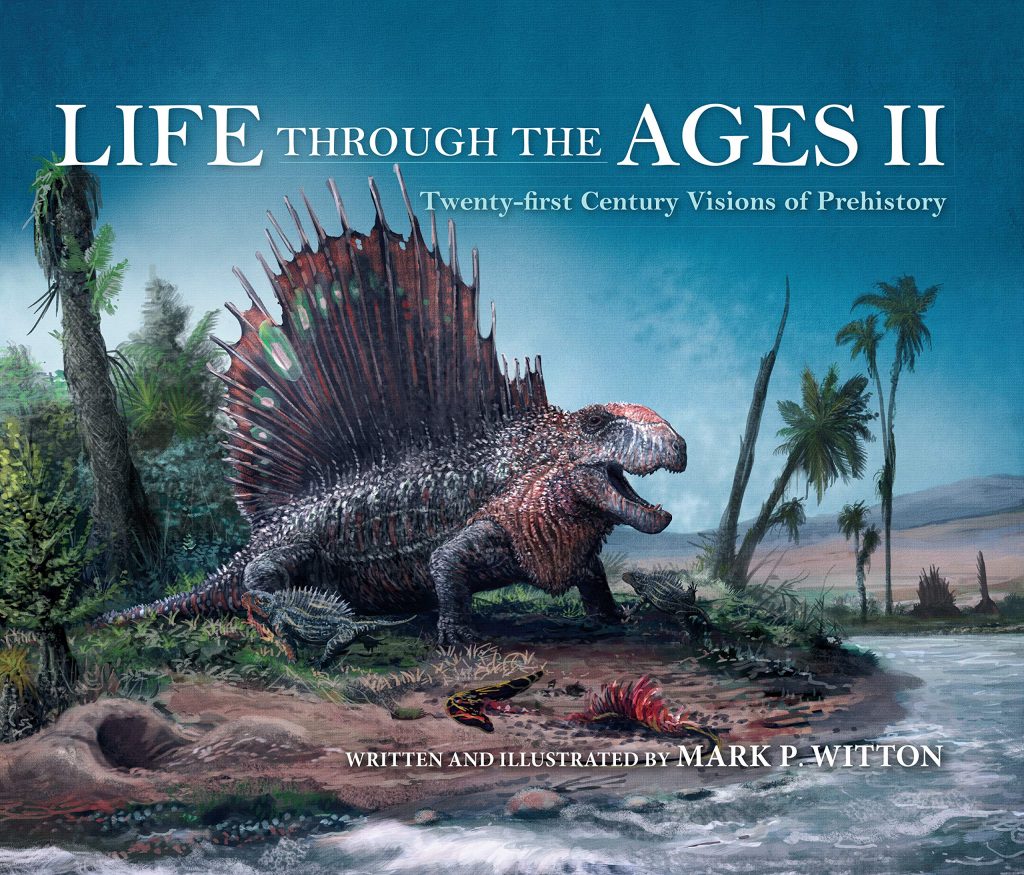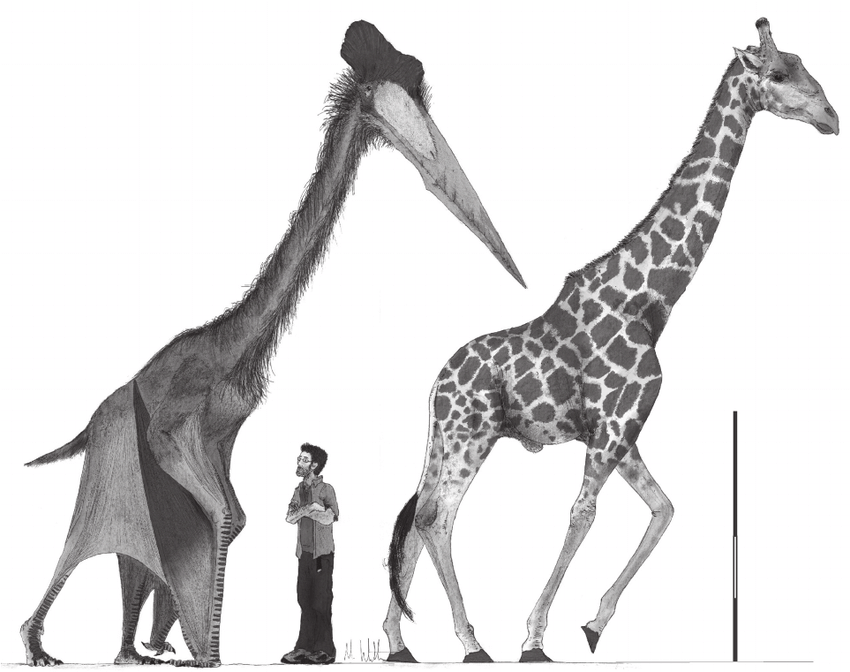Siberia has been unusually warm this year with wildfires extensively melting the permafrost. Konstantine Tedibe, an indigenous reindeer herder found the enormous skull of a 10,000-year-old wooly mammoth that is being called Tedibe after its founder. Ninety percent of its bones along with a coprolite from this animal. The bones had residual hair and skin preserved along wit.h it. This has given scientists the idea of trying to clone the wooly mammoth back into existence like Jurassic Park.

Gigantopithecus blacki- A Bigfoot- Style Ancient Orangutan
by Cindi Sirois Collins
Gigantopithecus “Black’s giant ape” blacki was the largest ape ever found based on the size and shape of only tooth fossils. Dr. Gustav Heinrich Ralph von Keonigswald honored Dr. Davidson Black-a Canadian paleoanthropologist with its species name. Dr. Black was instrumental in the study of human evolution in China. In the process of looking for humans, this gargantuan orangutan was found.
Fossils Found
In the caves of southern China, northern Vietnam, and northern Thailand teeth fossils of the largest ape that ever lived were found. This enormous great ape is distantly related to living orangutans (genus Pongo) with a common ancestor that split or diverged during the Miocene radiation of great apes between 12-10 million years ago.
It is believed that porcupines are responsible for consuming the body parts leaving the teeth in piles of debris in the Early and Middle Pleistocene caves.
The Discovery of “Dragon Teeth”
The fossil teeth were not discovered in the caves but were first found in a traditional Chinese drugstore in Hong Kong about 1935. The teeth were being sold as “dragon bones or dragon teeth” that were to be ground up and used medicinally.
Dr. von Keonigswald came upon an enormous molar and was intrigued yet horrified. The store was selling teeth from animals that had not been documented in the hominid records! What other surprises were evident in these Chinese drugstores? The scientists went out to every Chinese drugstore in Hong Kong to see if they could obtain similar teeth or anything else of interest.
Eventually, the sources of these teeth were found in about 300 caves in Southeast Asia where about 2000 teeth and four partial mandibles (lower jawbones) of G. blacki have been found as of 2016.
About This Ancient Orangutan
Gigantopithecus blacki lived between 2.0 million years ago to 300,000 years ago- from Early to Middle Pleistocene in an area that covered 600,000 square kilometers (231,661 sq. miles) of southern China. Using only the teeth, it is estimated to be 3 meters (9.8 ft) high and between 200-300 kilograms (440-660 lbs.). It was larger than the largest gorilla of present day. It may have been larger had body parts been found.
The fossils of the animals that lived around this animal were part of the Stegodon- Ailuropoda fauna. Stegodon was an elephant-like animal while Ailuropoda was an extinct Giant Panda that lived in China. This fauna or group of animals that lived in a single place at a given time also included many small apes, chimpanzee-sized apes, porcupines, pigs, and onagers- an Asiatic wild ass- a member of the horse family.
What G. blacki’s Teeth Tell Us
G. blacki was an herbivore with very large molars that were highly crowned with thick enamel and long roots. The enamel extended past the gum line to extend the wear and tear needed to grind up bulky, fibrous vegetation. Carbon and oxygen isotopes found in the tooth enamel as well as the spores and pollen found around the teeth suggest that this hominid lived in humid sub-tropical monsoon forests during the Early and Mid-Pleistocene of Asia. With a continuous canopy of broad-leaved evergreens and mixed deciduous trees like birches and oaks, it lived on steep-sided limestone peaks. The dense understory of the forest was thick with ferns, grasses, and flowering leafy plants.
Phyloliths “plant stones” are fossilized plant tissue found on some of the teeth that gave clues to the types of plants they consumed. Some of the fruit eaten was from the Moraceae family which included mulberries, figs, breadfruit, Jackfruit, banyan, and durian.
Dental caries, also known as cavities, were evident from the carbohydrates in the fruit and proved that this ancient orangutan enjoyed sweet treats from the surrounding vegetation.
Scientists found microwear on the teeth that gave evidence that G. blacki was trying to adapt to the new vegetation that appeared with the change to a colder climate.
A 1.9 million-year-old molar found in the Chuifeng Cave in China was examined and the following was found:
Proteins persevere in the fossil record longer than DNA so certain expressed proteins (proteomes)were observed in the thick enamel of the tooth that had not been previously observed. The thermal age of the proteins found in the tooth revealed that it was 5 times older than any previously published mammals’ genomes or proteomes.
This set of proteins, alpha-2-HS-glycoprotein- had survived since the Early Pleistocene in the subtropics. There is hope that there will be more ancient proteins found within teeth fossils to study. This “expands the scope of paleoproteomic analysis into geographical areas and time periods previously considered incompatible with preserved essential amounts of genetic information.” (Welker, et al., 2019)
With only teeth and jawbones found, it is incredible the information that scientists have gleaned about Gigantopithecus blacki. Imagine what we would know about this behemoth had there been body fossils associated with it.
How Did G. blacki Become Extinct?
This hominid is not found in the fossil record of the Late Pleistocene. It is presumed that with the change from subtropical to harsher colder climate this animal’s food sources had significantly been reduced along with the cold in which it was not accustomed. Homo erectus also moved into the area during this time and may have hunted them to extinction, or a combination of both.
References:
Welker, F., Ramos-Madrigal, J., Kuhlwilm, M. et al. Enamel proteome shows that Gigantopithecus was an early diverging pongine. Nature 576, 262–265 (2019). https://doi.org/10.1038/s41586-019-1728-8
Zhang Y. and Harrison T. Gigantopithecus blacki: a giant ape from the Pleistocene of Asia revisited. Am. J. Phys. Anthropol. 2017; 162:153–177. doi:10.1002/ajpa.23150

Dr. Mark P. Witton– paleoartist, paleontologist, flying reptile specialist authored this book in which the artwork of (above)Gigantopithecus
blacki appears.
Dr. Witton drew himself (below)in comparison to a giraffe and the pterosaur Quetzalcoatlus northropi– whose first fossil was found in Big Bend National Park in Texas by Dr. Doug Lawson in 1971.
Quetzalcoatlus northropi– Estimated Height-8.2 feet /2.5 meters tall at shoulder Estimated weight 551 lbs. /250 kg
Giraffa camelopardalis
Estimated Height- 9 feet/ 2.75 meters tall at shoulder Estimated weight 1402-3075 lbs./636- 1395 kg
Dr. Witton-Height-5’8’’/1.75 m Weight- 143 lbs./65 kg
This drawing appears in one of the many professional papers Dr. Witton has written about pterosaurs.

Scale bar is 2 meters (6.5 feet)
The First Frog Fossil Has Been Found in Antarctica– (Short Article)
https://www.sciencenews.org/article/first-frog-fossil-antarctica-found-ancient-climate
The Tiniest Dinosaur Found so Far… in Amber!
